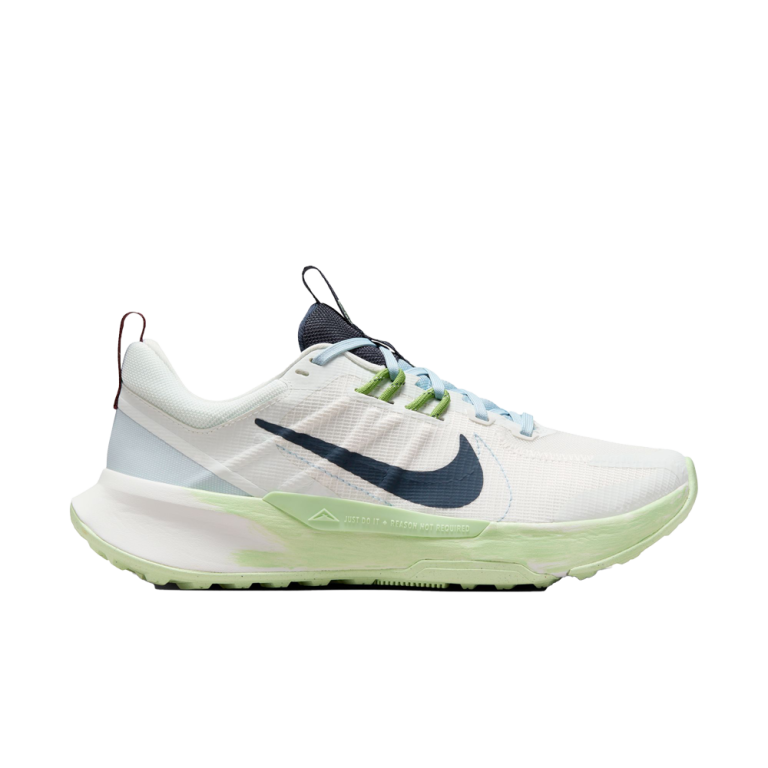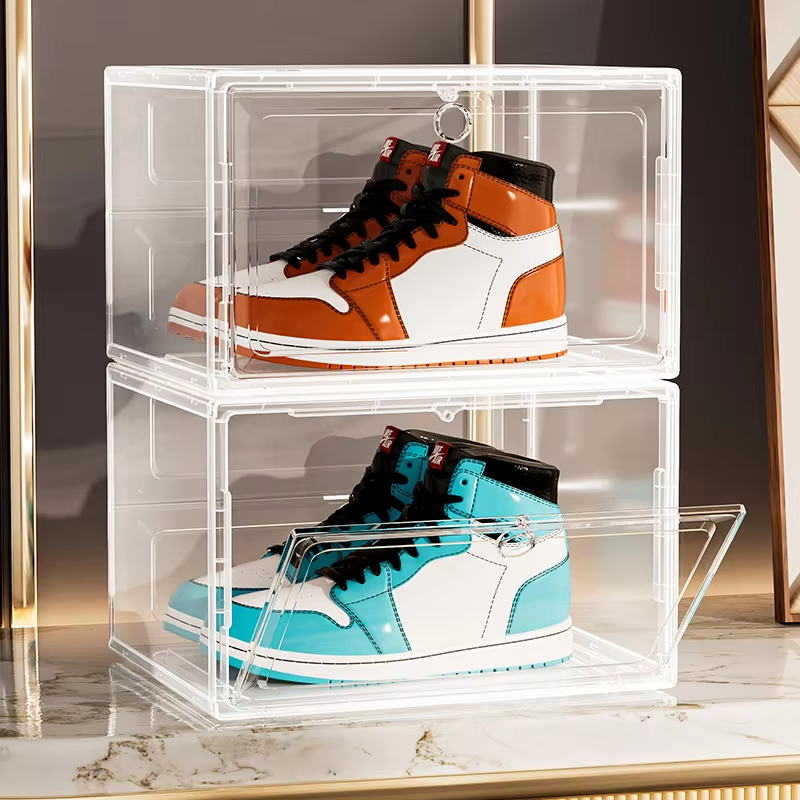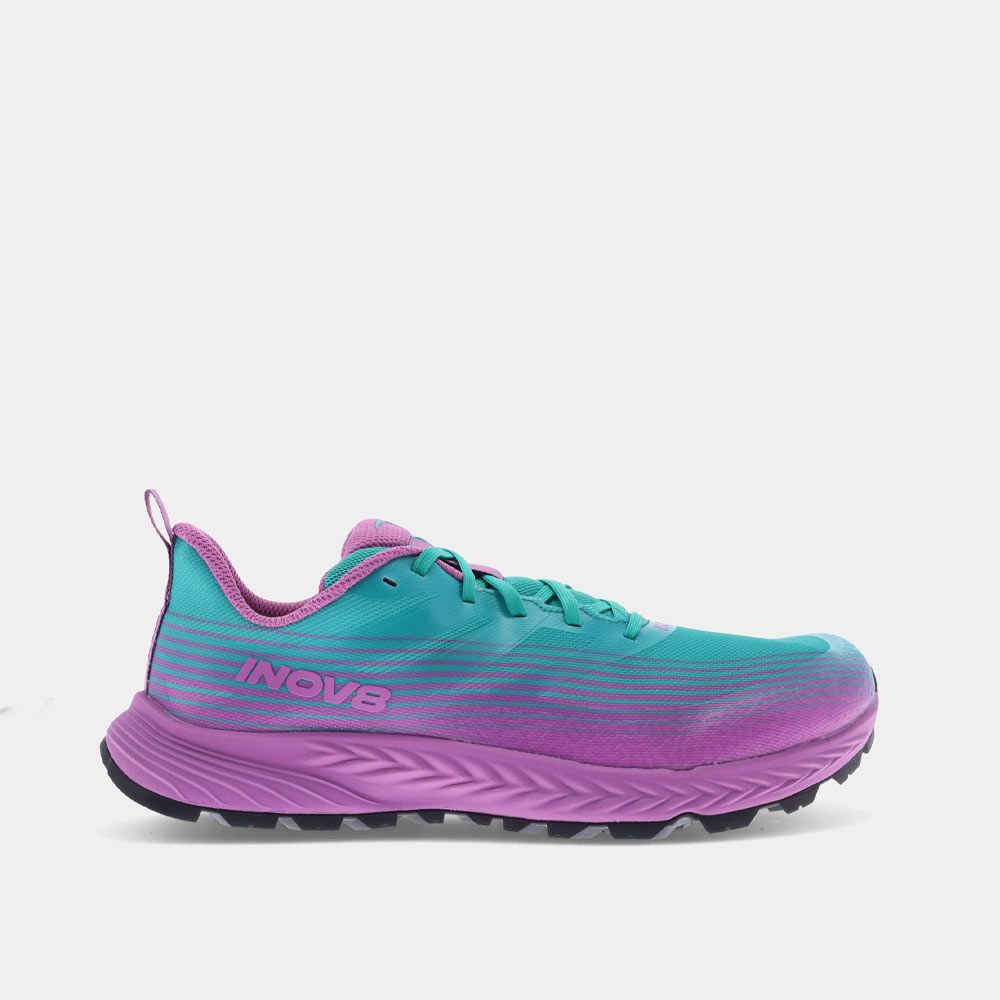
Women’s Trail Running Shoes: How to Choose the Perfect Pair
Choosing the right pair of trail running shoes is essential for women who enjoy running on rugged terrains. Trail running shoes differ from traditional running shoes due to their specific design features tailored to handle uneven surfaces, mud, and various obstacles. The right pair can enhance performance, comfort, and safety. This article will guide you through the key aspects to consider when selecting women’s trail running shoes. From understanding different terrains to evaluating fit and materials, you will learn how to find the perfect pair that suits your running style and preferences.
Understanding Trail Running and Its Unique Demands
The Nature of Trail Running
Trail running combines the joy of running with the beauty of nature. Unlike running on paved surfaces, trails vary significantly in shape, elevation, and surface material. You may encounter rocks, roots, mud, and steep inclines. These elements make trail running exhilarating but also demanding on footwear. The challenges of trail running require specific features in shoes to provide traction, support, and protection.
Trail running shoes are designed with enhanced grip and sturdiness. They differ from road shoes mainly in their tread patterns and cushioning. A sturdy shoe helps prevent slips and falls on uneven surfaces, ensuring safety and comfort. Understanding what makes trail running unique helps to appreciate the importance of choosing the right footwear.
Benefits of Trail Running Shoes
Wearing proper trail running shoes not only improves performance but also minimizes the risk of injuries. Unlike regular running shoes, trail shoes offer more support and stability. These features protect the feet and ankles, especially when navigating rough terrain. The right shoes help you to stay focused on your run, allowing you to enjoy the surroundings rather than worrying about your footing.
Moreover, trail running shoes often come equipped with protective features like rock plates. These provide an extra layer of defense against sharp objects that may puncture the sole. Investing in appropriate footwear enhances your running experience and expands your range of trails to explore comfortably.
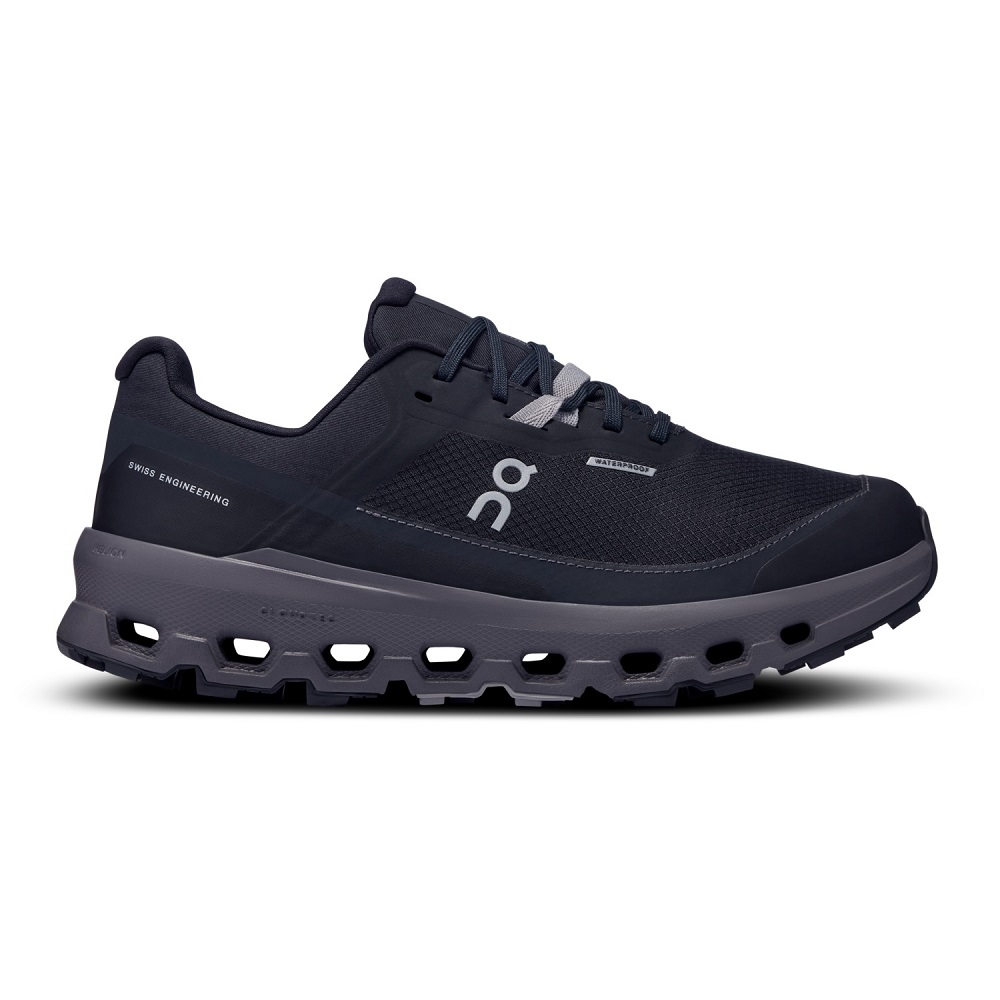
Key Features to Look for in Trail Running Shoes
Traction and Outsoles
One of the most important characteristics of women’s trail running shoes is their traction. The outsoles must provide grip suitable for different terrain types—ranging from rocky paths to muddy trails. Look for shoes with aggressive tread patterns composed of durable rubber. Deeper lugs work well in muddy conditions, while shallower patterns are more suited for hard-packed trails.
Additionally, consider the outsole material. Many trail running shoes use a blend of rubber compounds designed for optimal grip and durability. Different brands may use proprietary technologies, enhancing traction further. Ensuring that your shoes have the appropriate outsole can significantly influence your running performance and safety.
Cushioning and Support
When running on trails, your feet experience various impacts due to uneven surfaces. Therefore, proper cushioning is essential. Trail running shoes should provide enough cushioning to absorb shocks without feeling overly soft. A good balance of cushioning and firmness allows for comfort while maintaining responsiveness.
Support is another vital component. Shoes that feature a stable midsole structure help control motion and prevent excessive inward rolling of the foot, a condition known as overpronation. Many brands offer shoes suited for different pronation types, so it’s important to know your foot’s mechanics. Selecting shoes that provide adequate support contributes to a more comfortable and injury-free running experience.
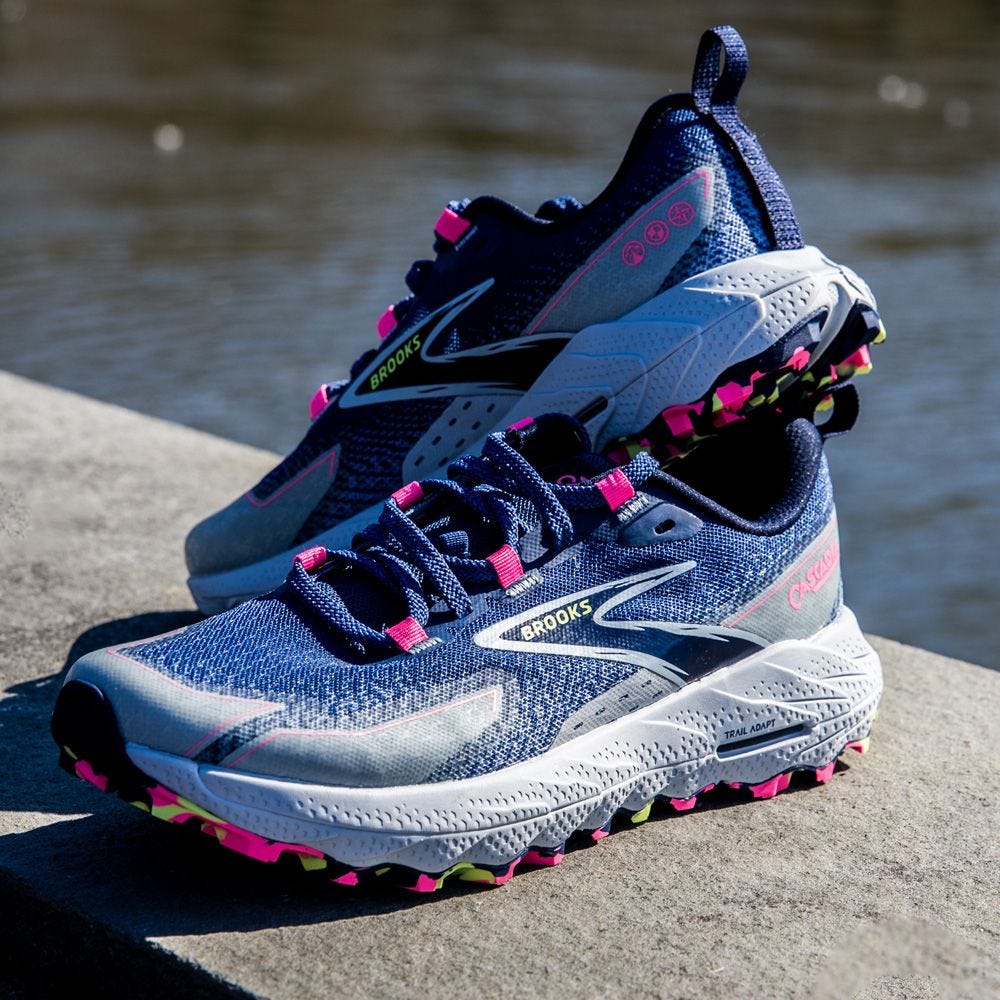
Finding the Right Fit
Measuring Your Feet
Choosing the correct size is essential for comfort during runs. Measure your feet, ideally at the end of the day when they are most swollen. This will provide a more accurate size, which is crucial when selecting trail running shoes. Remember that different brands may have slight variations in sizing, so always refer to their specific size guides.
When trying on shoes, wear the same socks you plan to use during runs. This allows for a more accurate fit. Ensure there is enough room at the toe box, as your feet may slide forward slightly while running downhill. A general rule is to ensure about a thumb’s width of space between your longest toe and the front of the shoe.
Try Before You Buy
It’s advantageous to visit a store that specializes in running shoes. Here, you can try different brands and models, understanding how they feel on your feet. Some stores even have treadmills to test the shoes in a simulated running environment. This hands-on experience can help you compare various options and determine which fits your needs.
Pay attention to how the shoes feel during movement. The heel should fit snugly without slipping, and the midfoot should feel secure. Trying shoes on a trail surface, if possible, helps simulate real running conditions, thus providing a better sense of how they perform.
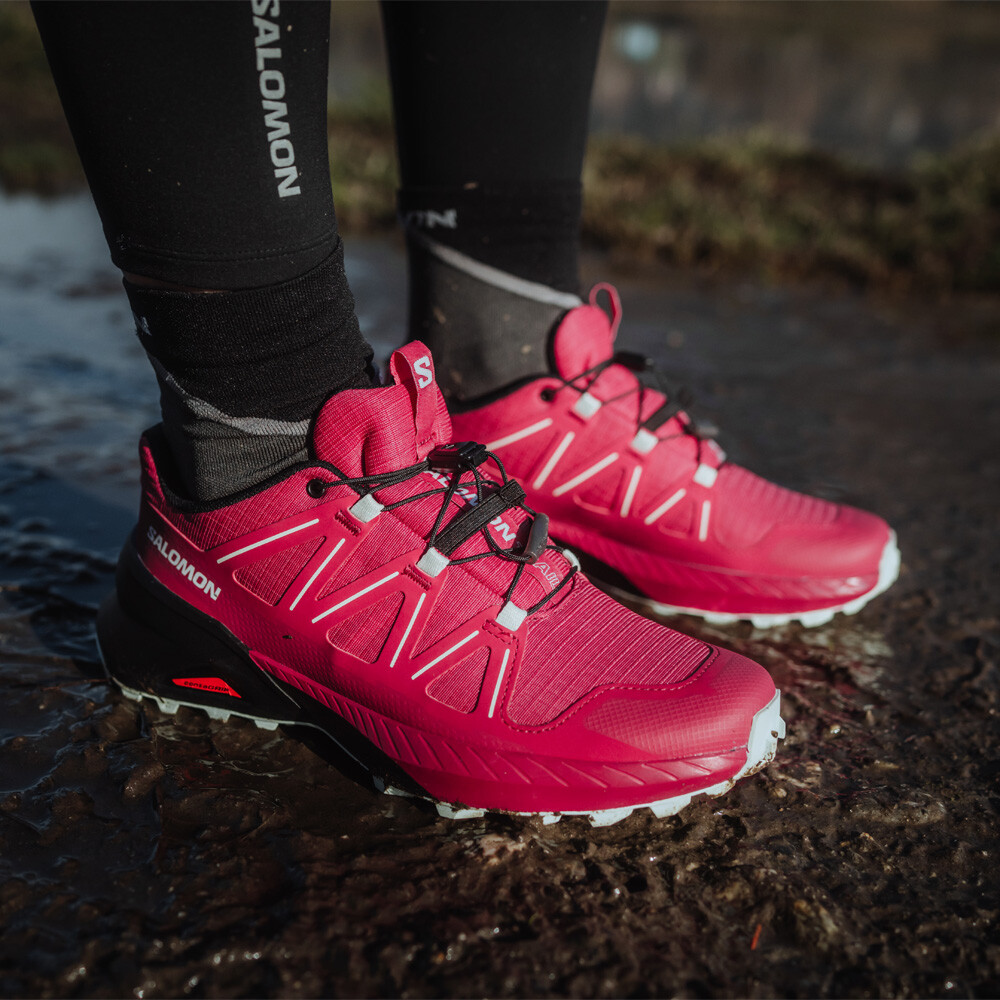
Considering Your Running Environment
Terrain Types
Evaluate the types of trails you will be running on when choosing your shoes. Different terrains demand different shoe characteristics. For rocky and rough trails, consider shoes with more robust construction and a protective toe cap. This feature safeguards against impacts from sharp objects and provides additional protection for your toes.
For softer, muddy trails, shoes with deeper lugs and a flexible sole are beneficial. The added grip prevents slipping and helps maintain traction. Understanding which terrains you will frequently encounter allows you to select the right shoe designed for optimal performance.
Weather Conditions
Weather conditions can also influence your shoe choice. If you frequently run in wet conditions, look for trail shoes with water-resistant materials or breathable mesh uppers that can wick away moisture. Shoes designed for wet condition running often feature rubber outsoles specifically engineered for wet ground traction.
Conversely, if you run in dry, hot climates, consider shoes that emphasize breathability to promote airflow, keeping your feet cool and dry during long runs. Understanding your environment will help narrow down your choices and find the shoe that best fits your running lifestyle.

Types of Trail Running Shoes
Lightweight vs. Heavier Options
Trail running shoes come in various types, including lightweight and heavier options. Lightweight trail shoes are designed for speed. They are ideal for runners who prefer agility and quickness on trails. These shoes often have minimal cushioning and a stripped-down design, allowing more natural foot movement.
Heavier trail shoes, on the other hand, prioritize durability and stability. They provide enhanced protection from rugged terrain, making them suitable for long-distance runners or those tackling more challenging trails. Finding the right balance between lightweight and sturdy depends largely on your running style and specific needs.
Specialized Shoes
Some brands also offer specialized models tailored for specific trail conditions. For example, there are shoes designed exclusively for ultra-endurance races, which provide maximum cushioning and support for long distances. Additionally, shoes designed for mountain running typically feature aggressive traction and heightened ankle support.
Those who frequently change terrains may benefit from trying out hybrid styles that blend features from various types of trail running shoes. These hybrids can adapt to different conditions, giving you the versatility needed for diverse trail experiences.
Costs and Brand Considerations
Price Range
When it comes to purchasing women’s trail running shoes, price can vary significantly based on brand, features, and technology. Basic models may be available for as low as 60,whilehigh−endoptionscanexceed200. Investing in a quality pair is crucial, particularly for trail running, where comfort and injury prevention are paramount.
While considering costs, keep in mind that more affordable shoes may lack some advanced features. It’s worth investing in a pair with the key features necessary for your specific needs, particularly if you plan to run regularly. Quality shoes will provide better performance, durability, and satisfaction over time.
Popular Brands
Several established brands have built reputations for producing quality trail running shoes. Brands like Salomon, Merrell, and HOKA ONE ONE offer a variety of options catering to different preferences and budgets. Each brand has its unique technologies and approaches to shoe design, so researching their offerings can help you find the right fit.
Consider exploring independent running stores, as they often carry niche brands that may have innovative designs. Independent shops usually offer personal service, helping you discover lesser-known brands that might meet your specific requirements.
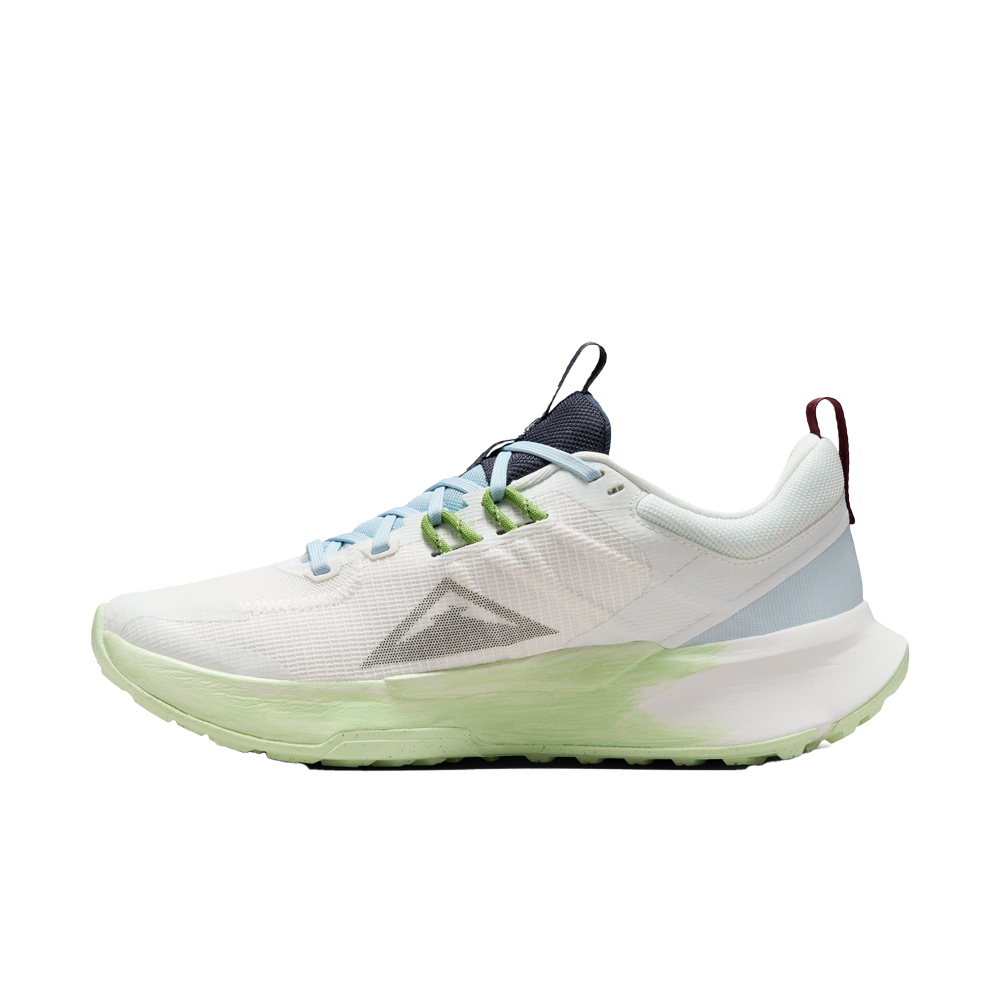
Finding Your Ideal Trail Running Shoes
In conclusion, finding the perfect pair of women’s trail running shoes involves careful consideration of various factors. Understanding the unique demands of trail running is essential in choosing shoes with the right features. Focus on traction, cushioning, and fit to ensure safety and comfort while running on diverse terrains.
Evaluate the environmental conditions in which you typically run, and be mindful of the specific shoe types that suit your running style and preferences. Whether you need a lightweight model for speed or a sturdy design for extra protection, the options are plentiful.
Investing in quality shoes will not only improve your performance but also enhance your enjoyment of trail running. With the right pair of shoes, you can confidently tackle any trail, savor each step, and explore the great outdoors. Take the time to try on different options, listen to your body, and enjoy the experience of selecting the ideal trail running shoes that empower you to run your best. By following the guidance in this article, you will be well on your way to making an informed and confident purchase. Happy running!
